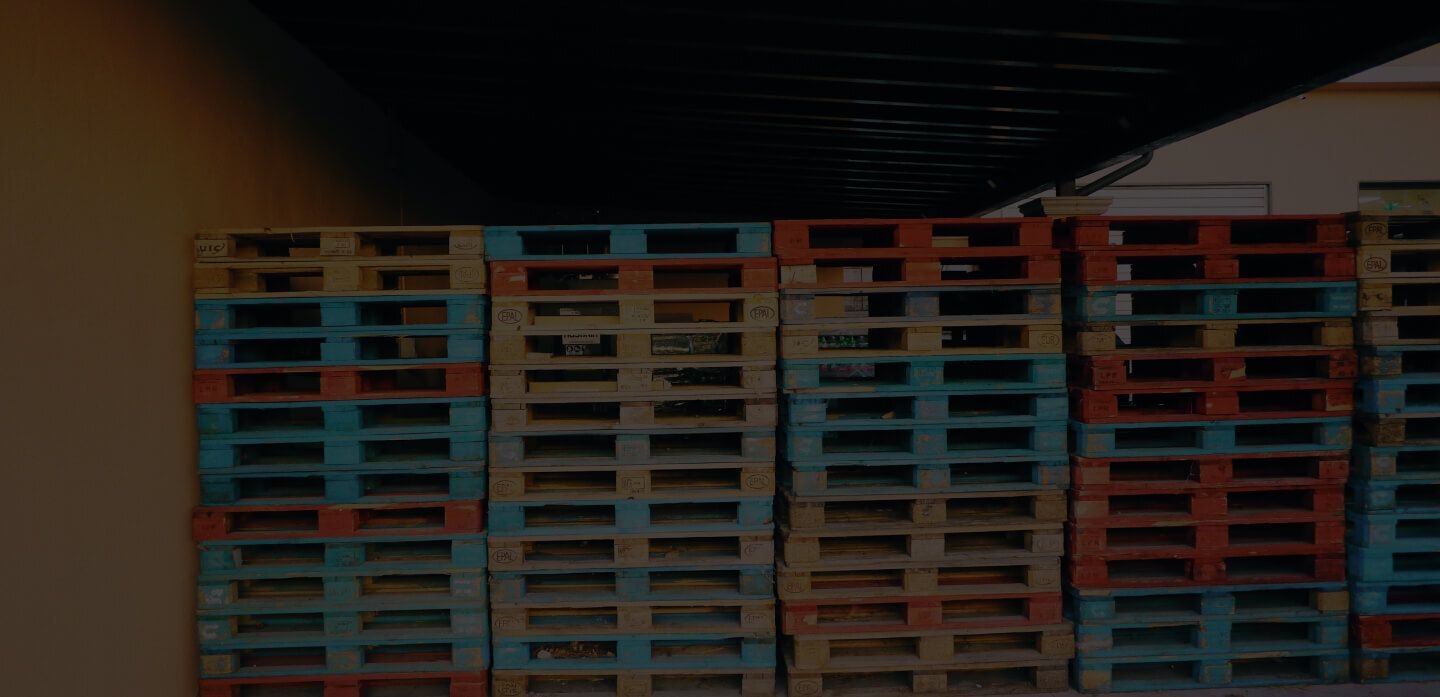
Shipping carriers' return window



What is a shipping return window?
One of the most important concepts in ocean freight that many exporters are unaware of is the carriers’ return window. A shipping return window is the allocated time set by shipping carriers in which a container must arrive at the terminal to be loaded onto the departing vessel.
Carriers typically set a return window of four days, although this may vary as circumstances change. The tight shipping return window is one of the causes of the top delivery/pick up problems in the US as many importers don’t realize there’s only a small window in which your container must arrive at the terminal.
Why is there a return window?
Every carrier is granted a limited amount of time to store their containers at the port prior to sailing. In order to regulate time and space and avoid carrier storage charges, many carriers often set what’s called the “earliest return date”.
The earliest return date is the first day the shipper’s container can arrive at the terminal. Any earlier and the carrier will incur fees, which may be passed on to the shipper. Consequently, the latest date your container needs to be at the terminal in time for loading is called the cut-off date.
Return window timeline and how it works
Let’s say Terminal X grants Carrier Y a total of 7 days of free time to store its containers before its vessel sails. The sail date for Carrier Y’s vessel has been set on a Sunday, and so Carrier Y may set the earliest return date for containers to be returned to the terminal on a Monday. Returning the containers on an earlier date will result in storage charges by the terminal. Your container will also need to arrive at the terminal in time for loading, which means Carrier Y may set a cut-off date on Thursday. This gives means that you, the shipper, are granted a return window of Monday to Thursday to get your loaded container to the port without having to incur any additional charges.
Many carriers allow around 4 days of free time for the container to be outside of the port. This means that given the earliest return date of Monday, you are allowed to pull the container out of the port as early as the previous Thursday to load it. This is called a pre-pull.
Here’s an illustration of the return window timeline based on the aforementioned scenario:
![]()
Return windows are not always fixed
There are a number of situations in which the carrier may vary its return window - sometimes at the last minute. For example, if the vessel’s sail date gets delayed, the earliest return date may be pushed back, which means you now face the possibility of per diem charges for having the container out of the port for too long. Other scenarios include holidays, strikes, port congestion, rail delays, and weather conditions.
Working around the return window
Despite these limitations, there are plenty of ways to play around with the free time to make the most of it. Some of these obviously involve additional costs such as redelivery fee and storage fees. Plus, choosing to hold on to the container for a longer period of time may also result in an accumulation of chassis charges.
There are certain cases in which you may benefit from pulling out the container before the earliest return date. For example, if your warehouse is filling up and you need to get the cargo out ASAP, or if your warehouse is located far inland, or if there’s a trucking shortage, which means it will require a longer trucking time to get the container to you and back to the terminal. Or it could be as simple as having to turn in your cargo to your freight forwarder by a certain date.
Whatever your circumstances, it’s always advisable to be aware of the rules and allow for flexibility in your supply chain so that you may adjust your schedule accordingly to meet whatever challenges and requirements you may be facing.
Here are some questions to ask yourself when considering the return window:
- Where is your cargo location in comparison to the nearest port/ramp?
- How long will it take a driver to make the trip from each location?
- Where can they best and most reliably obtain equipment?
- Is transloading at the port an option?
There are plenty of other factors to consider, but the best way to prevent hiccups would be to have a plan B, C or even D on standby.
Get support from your freight forwarder
A reliable and reputable freight forwarder will be able to give you the best advice. Many shippers often just want to get the cargo transported from point A to point B using the cheapest option. But that may not always be the best solution for your needs. The more your freight forwarder knows and understands your business and cargo, the better they can work out a solution that suits you.
Related Articles


